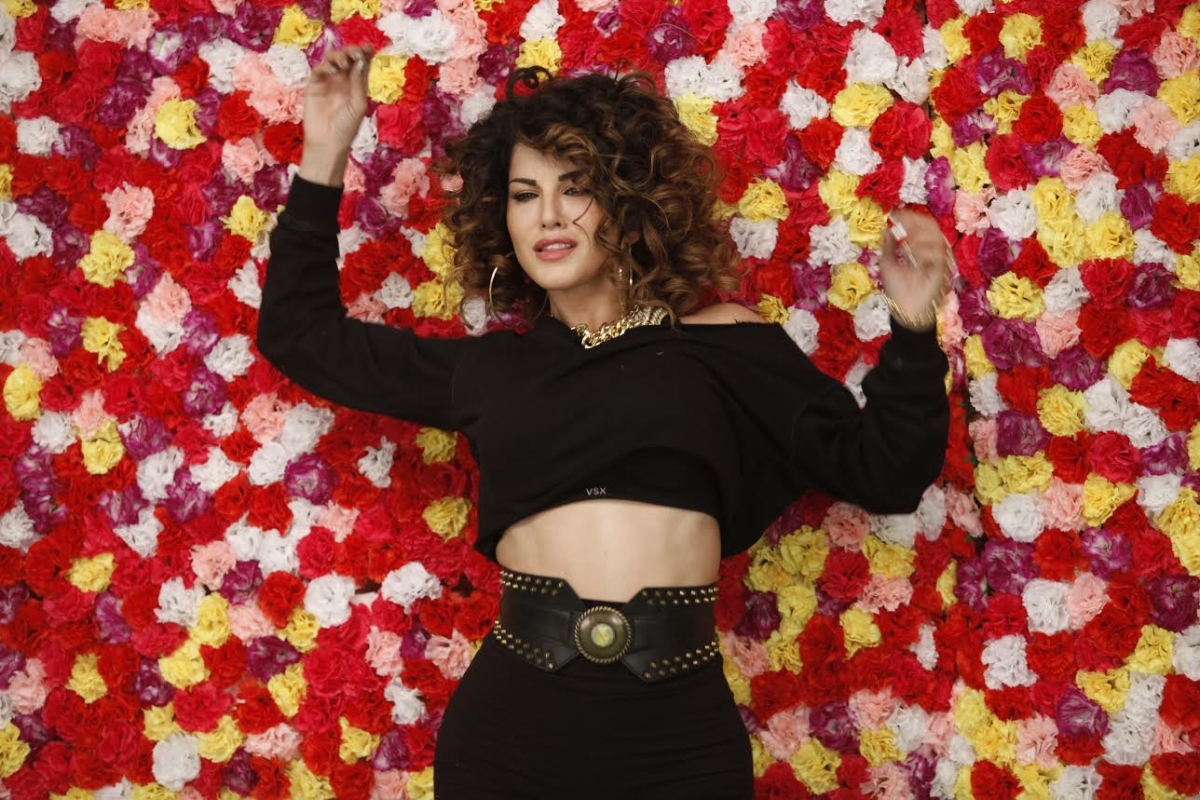

It doesn’t take long for a baby to unexpectedly move towards or reach for something that puts them in danger. You’ll be surprised at how far your baby can move, so always watch your baby and never leave them unattended on a sofa, bed or change table. easily pick things up using their thumb and pointer finger.But sometimes your baby will want to try walking on their own without your help. Babies are more comfortable walking around if they can hold onto furniture or they might want to hold your hand. Your baby will probably need help to stand, but they might try standing on their own for a few seconds. And baby’s reaching out and grabbing things, using them and maybe even throwing them! They also like it when you show them how things work – for example, how to put a lid on a container. They love finding hidden objects – for example, a toy hidden under a cup. Your baby is also more aware of their own needs, and can let you know what they want. But now they might start to feel more comfortable around strangers and show fewer signs of stranger anxiety than they used to. Over the past few months, your baby has learned to show emotions like caution and fear. Your baby also enjoys looking at pictures in books and loves reading with you. When you sing with your baby, they might join in. Your baby will also stop what they're doing when they hear ‘no’. Baby is still mainly babbling but might try out one or two words they know the meaning of, especially ‘dada’ or ‘mama’.īut if your baby isn’t talking yet, don’t worry – they’ll communicate with you using body language like waving and pointing. You’ll often hear baby’s first word around this age. Your baby is very interested in conversations. Baby development at 10-11 months: what’s happening


 0 kommentar(er)
0 kommentar(er)
